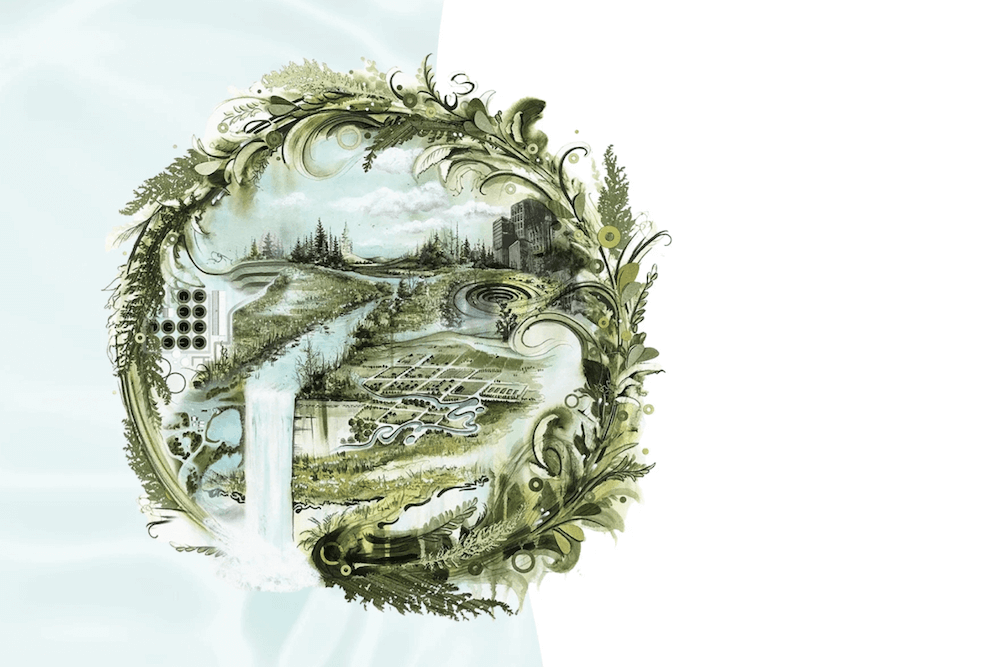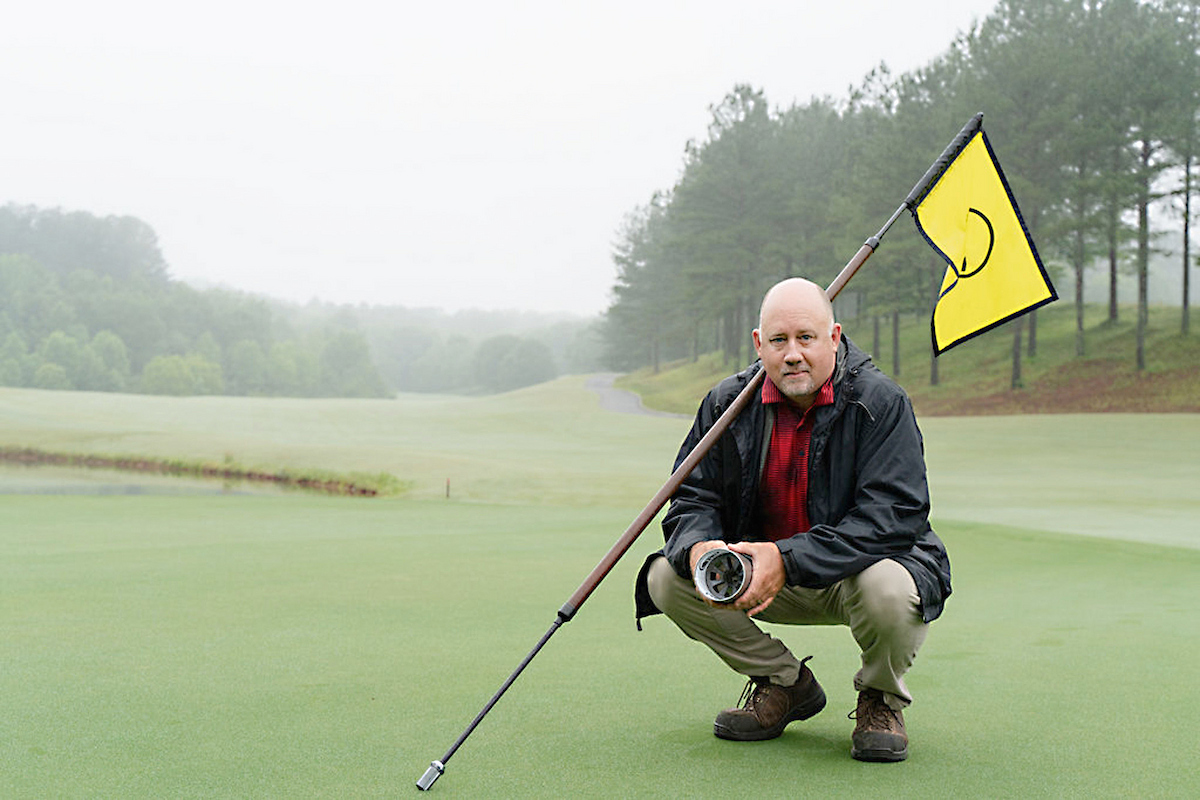
|
By Faith Peppers
University of Georgia
The great taste of garden produce doesn’t have to come at the
cost of backbreaking preparation and planting every year. Try a
few perennial offerings.
“One of the only truly perennial garden vegetables you can grow
in Georgia is asparagus,” said Bob Westerfield, a consumer
horticulturist with the University of Georgia College of
Agricultural and Environmental Sciences.
“Some people consider strawberries a backyard crop,” he added.
“And they’re certainly perennial in Georgia.”
Herbs are good perennial food crops, too. And many of them,
including garlic, rosemary, thyme, mint and many of the chive
varieties, are perennial.
Think ahead
If you want a good, long-lasting crop, you have to plan well.
“Remember that some crops, like asparagus, can continue to come
back for 10 years or more, so make sure you pick a good spot to
plant it,” Westerfield said.
“Check your landscape for things that might interfere with your
crop down the line,” he said, “like trees whose canopy may grow
to shade your garden spot.”
Most perennial plants need well-drained soil.
It’s a good idea to begin with a soil test to determine your
fertilizer and lime needs. Most crops prefer a soil pH of between
6 and 7.5. Add dolomitic limestone to raise the pH if the test
indicates it’s needed.
Combo
You can add fertilizer by using a combination of organic manures
and standard granular mixes.
When you plant asparagus, select 1-year-old, healthy crowns. A
crown is the root system of an asparagus plant that’s grown from
seed. Each can produce a half pound of spears per year when fully
established.
You can grow it from seed if you have the time. They require a
lot of care that can be very time-consuming, though.
Asparagus crowns are usually available for planting in early
spring. Try to get them established before the weather gets too
warm.
How to plant
Dig a furrow 5 to 6 inches deep. Deep planting can reduce the
yield.
After you plant the crowns, backfill the furrows with a
high-quality organic amendment such as compost, dark topsoil,
manure or a combination of these. Don’t compact soil over the
newly filled furrows or you will reduce the growth.
Asparagus is drought-tolerant, making it low-maintenance and well
suited for Georgia.
Herbs require only a moderate amount of fertilizer. A soil test
will help you know how much to supply. Adding a well-rotted
manure into the planting bed will supply some needed nutrition,
too.
Give strawberries about 4 pounds of a 10-10-10 fertilizer per 100
feet of row at planting time, if you don’t soil test. Topdress
with ammonium nitrate (34-0-0) at 1.5 pounds per 100 feet row of
row in mid-August to early September.
Be patient
Don’t harvest asparagus the first year. The spears will grow from
expanded buds on the crown. When the spears are 8 to 9 inches
tall, the tips will open.
The spears will become woody to support the small branchlets that
become ferns. The ferns produce food for the plant and then move
it down to the crown for next year’s spear production.
For the best yield, take excellent care of the ferns.
Harvest strawberries as they become ripe. Check them daily. They
can ripen quickly. Use netting to keep birds from stealing the
crop. Remove weak and diseased-looking plants in early fall. You
may need to renovate the bed to help prevent disease next spring.
You can harvest herbs through the growing season. Picking leaves
encourages new growth. Overgrown herbs can be harvested more
heavily to keep them in bounds.
Mint patches can be mowed off during the summer with the lawn
mower set on high. Do not prune perennial herbs in the fall, but
allow them to recover for next year’s crop.
(Faith Peppers is a news editor with the University of Georgia
College of Agricultural and Environmental Sciences.)



